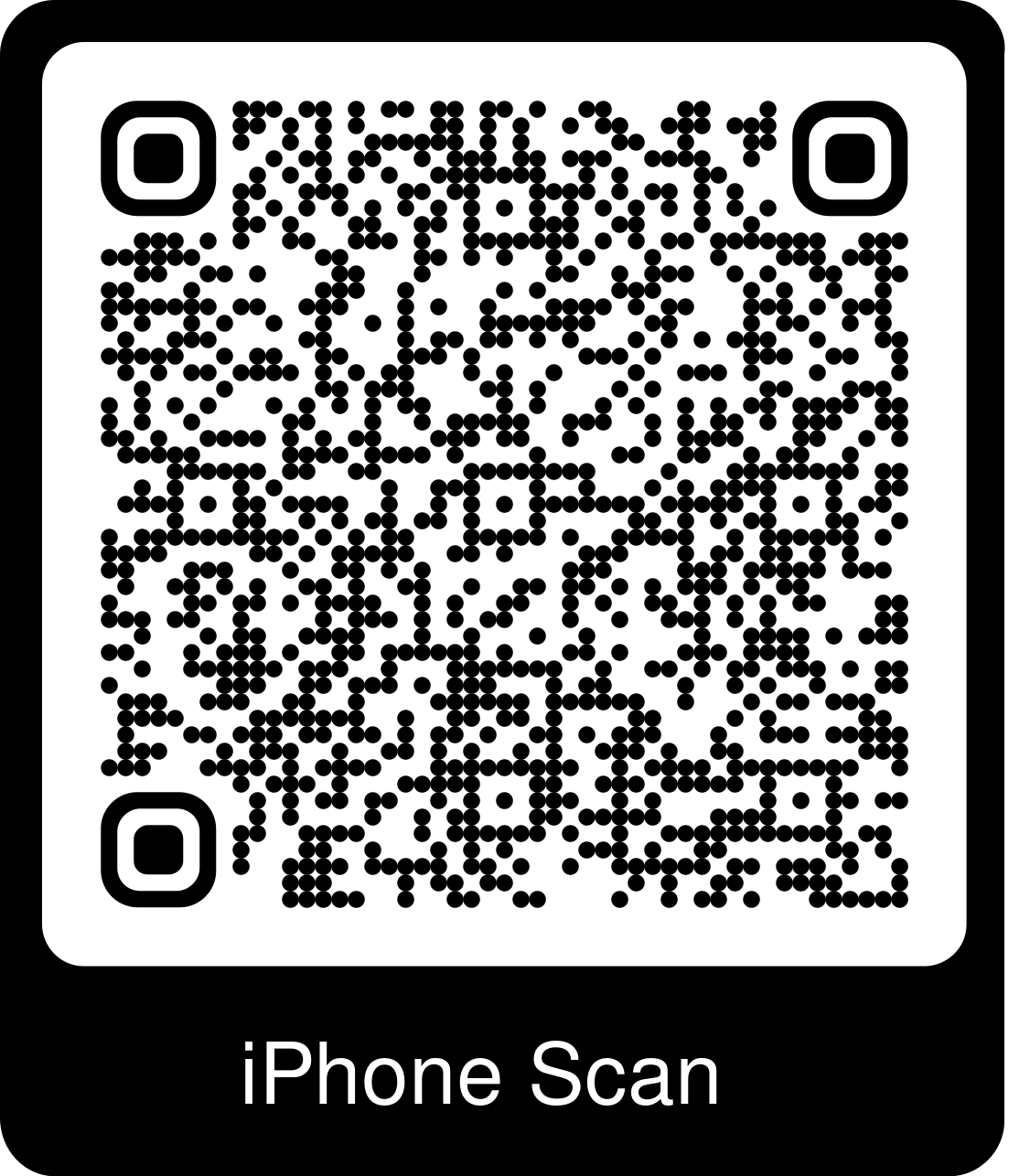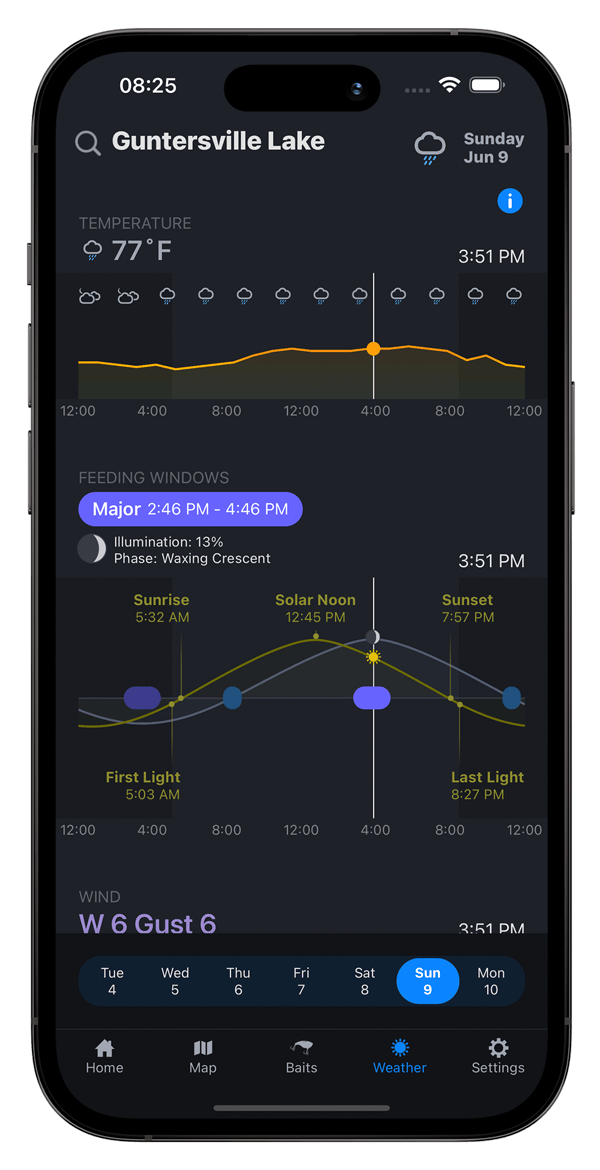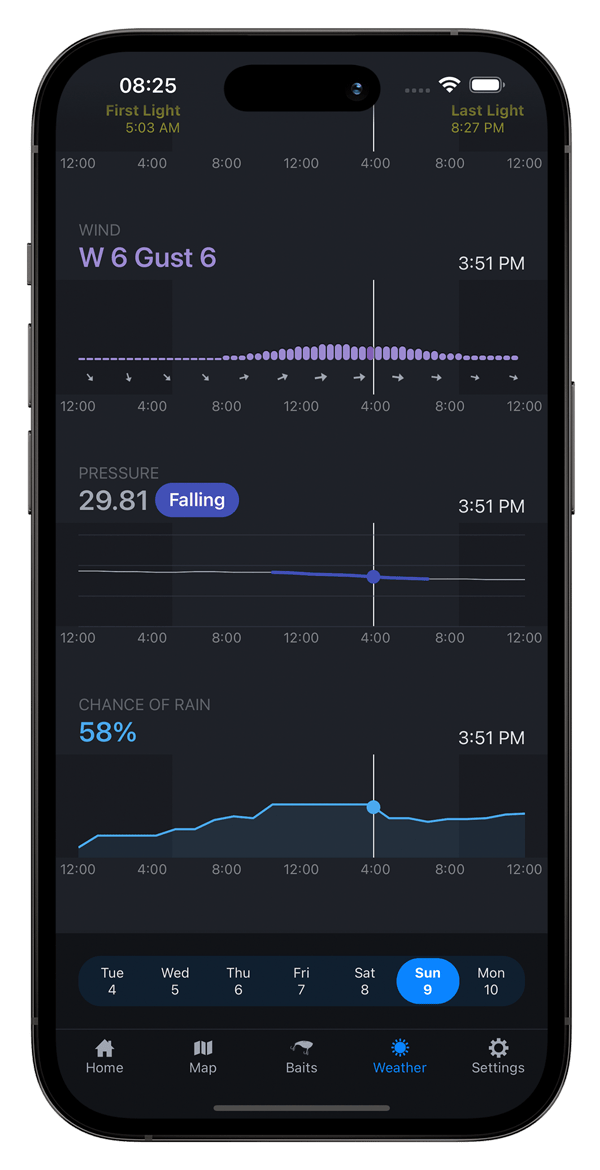Unleash your fishing superpower.
Whether a seasoned pro or weekend warrior, Deep Dive gives you no-nonsense, cutting edge tools to help you catch more fish. Dive right in with our easy-to-use Bait Tool or dive deeper with our industry-leading Water Clarity Map. It's all here. In your pocket.
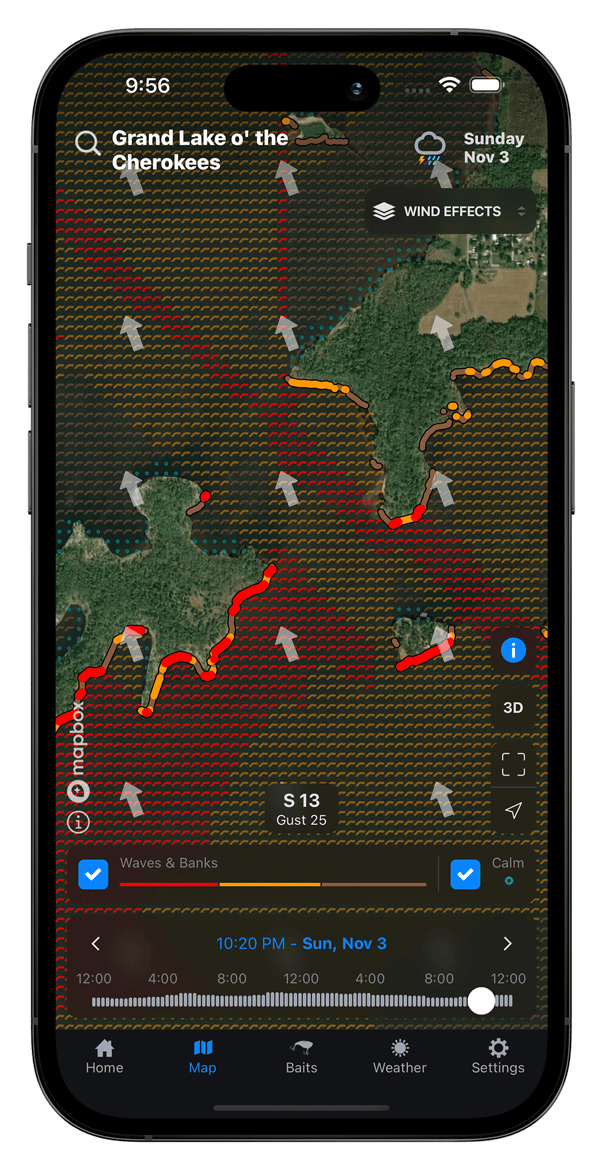
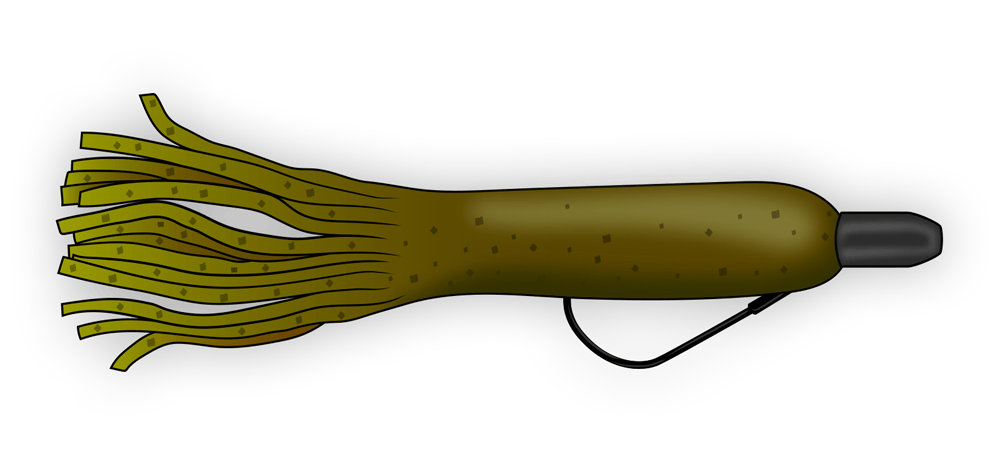

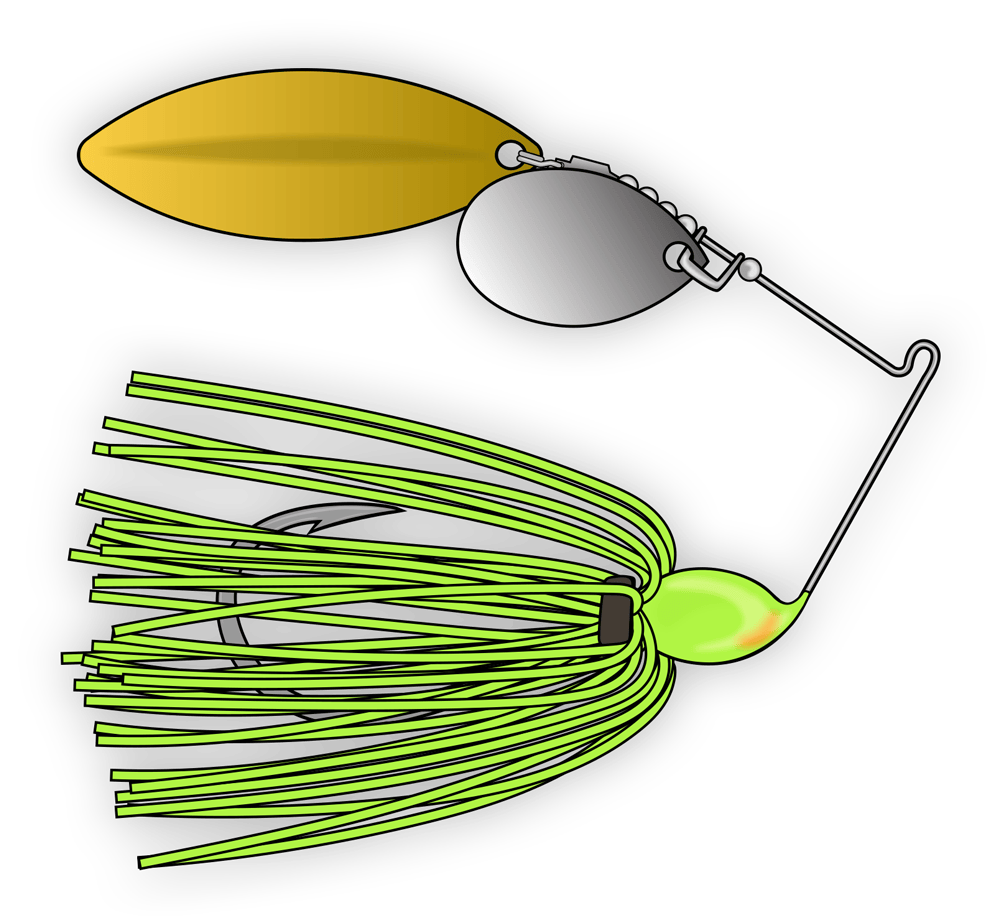
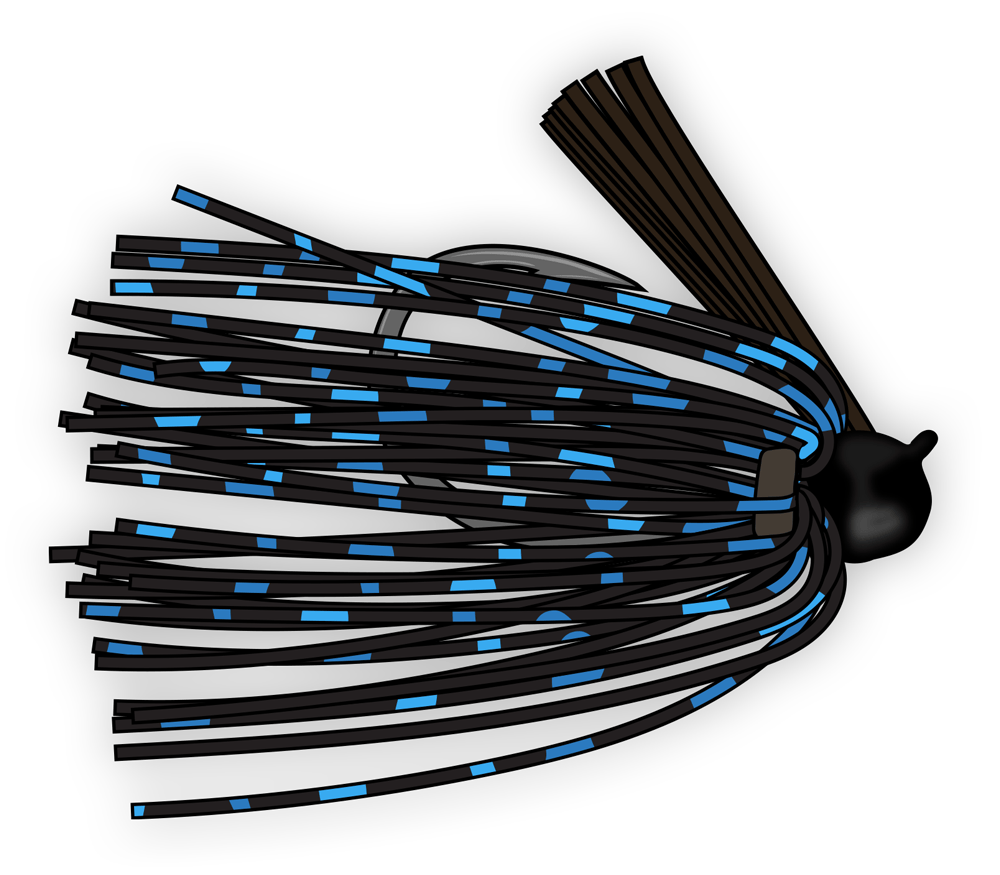


Throw the best every time.
The quickest, easiest, and simplest way to know the top baits for your lake. You have access to control the fine-tuned inputs that create these results.
Bait Tool
Your inputs are paired with the weather conditions for whatever day and time you have selected. These are fed into the Deep Dive top baits engine to give you the top baits for your lake.
1
All of the results from your inputs are organized into buckets of water clarity.
2
The top bait result is always listed first.
3
You control the inputs that are critical to getting accurate results. Fine tune them to your specific conditions.
5
Change the time period of the day, giving you the most relevant results for that selected time period. Look up to 7 days ahead.


The clearest picture yet.
Form your overall strategy without having to drive there first. We leverage daily satellite imagery to update as frequently as possible, limited only by potential cloud cover. Now available on over 120 top lakes.
Water Clarity Map
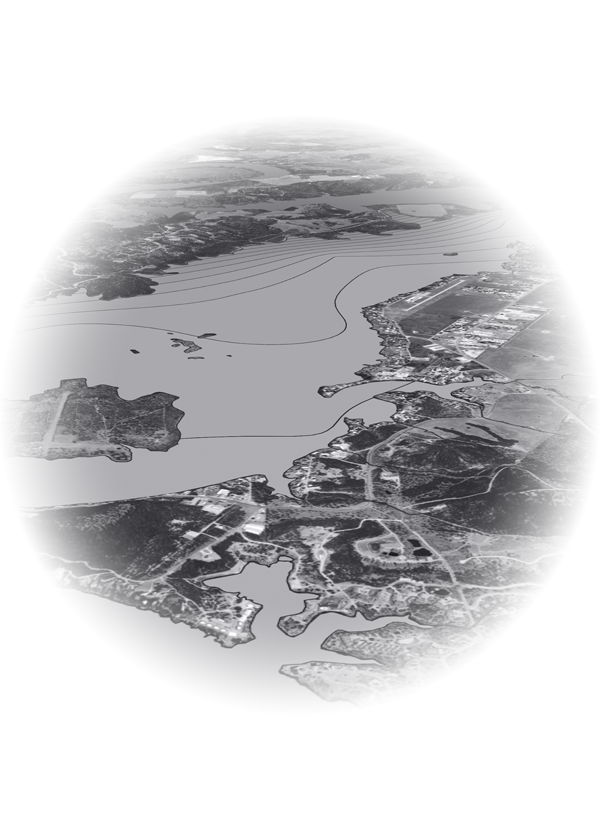
1
All of the most stained water is found along a northern bank in the upper end of the lake.
2
The dirtiest water is secluded to the upper end of the lake.
3
The clearest water can be found when approaching the middle of the lake and extends all the way south.
4
Water clarity is shown as a color gradient from blues to greens to browns.
5
Browse 30 days of available history.
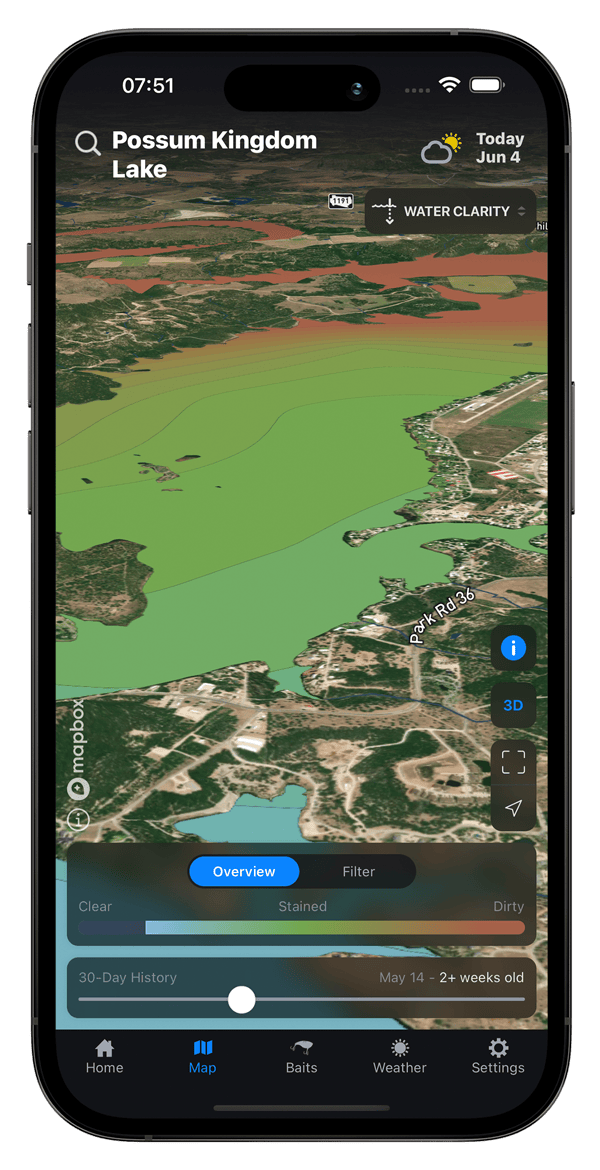
Understanding the lake's water clarity can guide many aspects of your fishing strategy, from lure selection to fishing depth. By adapting to the conditions, you can optimize your approach for a more successful fishing experience.
Water clarity affects how well fish can see. In clear water, fish can see lures and bait more easily, so you may need to use more natural and realistic lures. In murkier water, you may want to use lures that create more vibration or noise to attract fish.
In clear water, fish might be found deeper as they are more sensitive to light, while in murky water, they may be found closer to the surface. Knowing the clarity can help you choose the right depth to fish.
Just like the pros.
Skip the guess-work and leverage the real patterns used by professionals to win tournaments and know where to use them on your lake.
Tournament Patterns Map
Tournament pattern results are relevant to your lake characterisitics, pattern options you have set, and weather and water conditions. You can filter the map by season, fishing style, aquatic vegetation, and other factors.
2
The numbered dots represent real patterns collected from top finishes in professional tournaments. Their location indicates where to use them.


4
The winning patterns for an area are given in a list. Cards give you a few quick pieces of information and you can tap on them to get even more. The best pattern is always listed first.
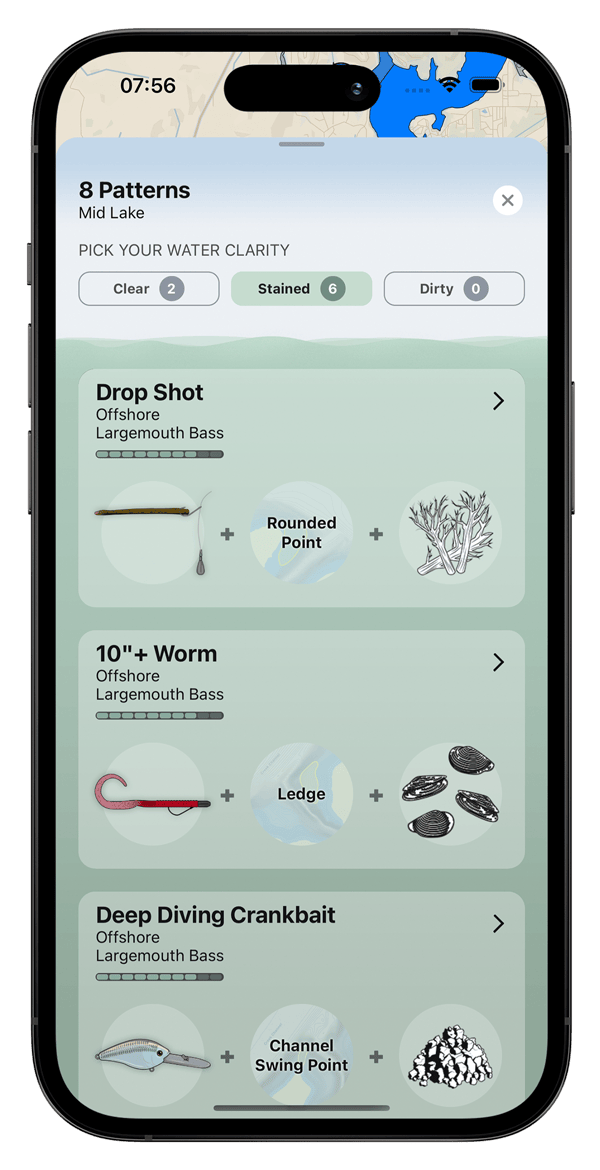
Where the wild wind blows.
Better know the wind and put more fish in the boat. Easily see where wind beats the bank, creates waves over the water, and reveals calm areas. See the intensity and how it might change throughout the day.
Wind Effects Map

The lowest wind impacted banks on the lake are shown in brown.
Quickly identify calm pockets of water.
The highest wind impacted banks on the lake are shown in red.
See how the waves are affected by the wind.
Change the time or the day to see changes. Look up to 7 days ahead and 2 in the past.
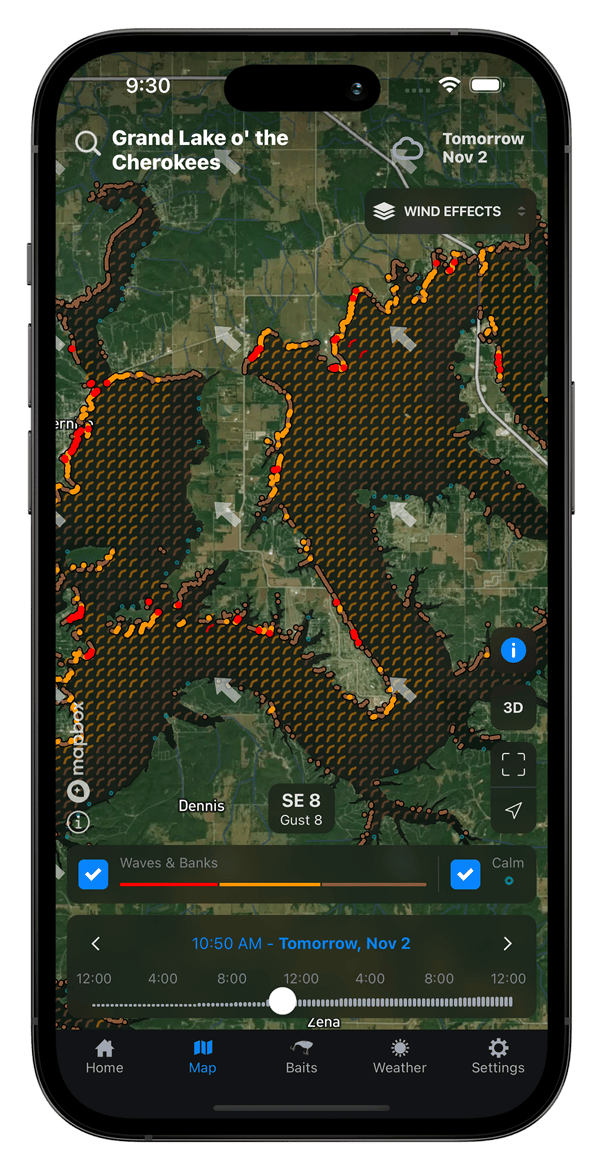
Go with the flow.
Increase your chances of catching fish by knowing where and how the water is flowing into the lake.
Water Inflows Map

1
One of the higher average annual inflow rate points on the lake is shown as pink.
2
Areas with the lowest average annual inflow rate points are shown as blue.
3
Dots on the map represent where water flows into the lake. Their size and color are defined by their measured average annual inflow rate.
4
Water Inflow rates are shown in colors from blue to pink. Also, the bigger the dot the higher the inflow rate.
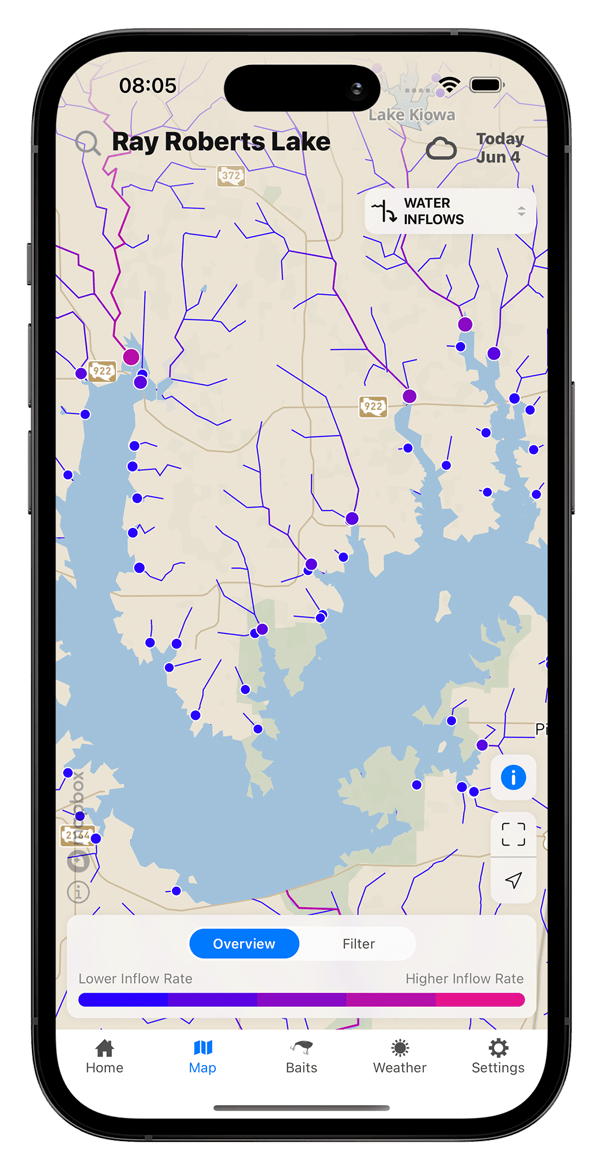
Sometimes you want to fish areas that get a lot of runoff, especially if there hasn't been much rain. That way, if there is even a small amount of rain there is going to be some water movement in those areas.
In times when the lake is getting a lot of flooding and a ton of water through inflow points, areas with higher inflow can get blown out. The water can be too dirty to fish. In this situtation, you may want to fish in some areas that get a much lower amount of inflow that are still bringing in great nutrients for baitfish to gather.
Lake Level
See how the lake level is changing so you can better know the mood and position of bass.
1
Hour-by-hour data from an array of government sources.
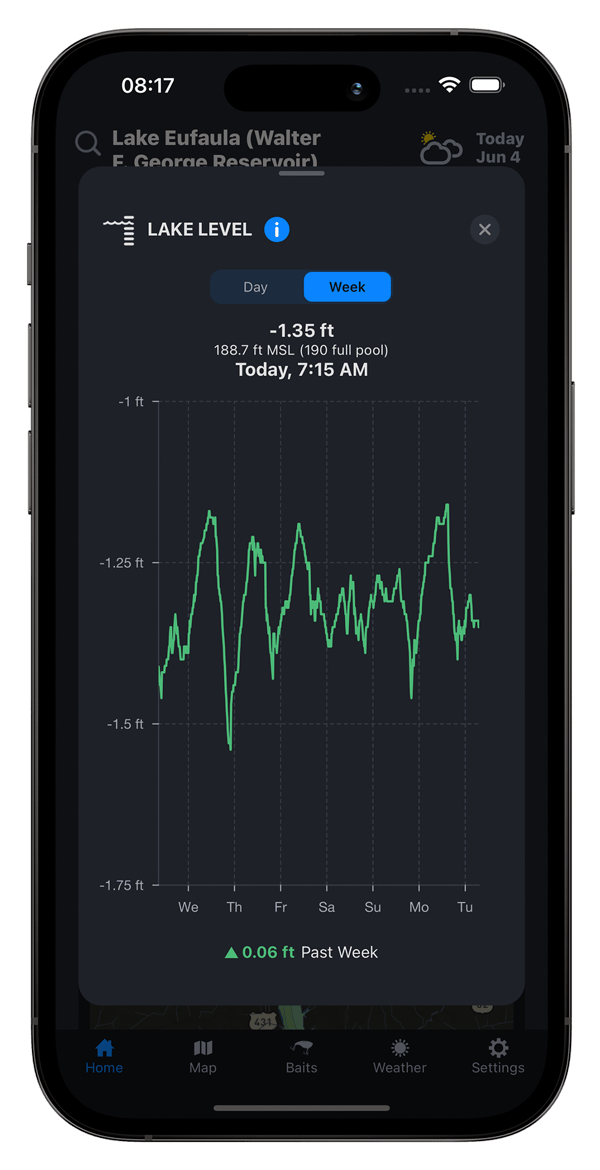
You'll find that bass tend to move shallower when the water is rising, and move deeper when the water is falling.
Current Flow
Bass are more likely to feed when the current is moving, and the graphs show you exactly when there is current and how much it's flowing.
1
The week view helps you spot trends and plan accordingly.

A lot of times lakes will have consistent current generation schedules, and you can see if the current is running at the same time every day. Also, after it rains you can see if the current flow has increased and you'll know that's a great time to go out and put fish in the boat.
Simply the best areas.
Backed by real tournament data, see the best areas to fish on your lake and the best patterns to try there.
Best Areas Map
Best area results are relevant to your lake characterisitics, pattern options you have set, and weather and water conditions.
1
The best areas are highlighted on the map.
2
You can filter the map by season, fishing style, aquatic vegetation, and other factors.
3
The best area is labeled front and center.
4
Change the time period of the day, giving you the most relevant results for that selected time period. Look up to 7 days ahead.


Don't take our word for it.
Our customers refer to Deep Dive as their most impactful fishing tool. In their own words:
by holdeneric
This app is amazing, honestly I check it daily along with my morning coffee!
by edw md
High quality information from a team that knows what they are talking about. Love it!!!
by OzarkMike
I have this app on speed-dial. So useful!
by Joeye1203
This app is crazy good. Is going to make me very competitive on the tournament trail this year.
by tj the 1st
I would absolutely not fish without it. No more wasted time guessing. If you think you can figure a pattern by yourself, you need to get into the 21st century. This app is phenomenal.
by Crackinater
I have used a couple of other fishing apps before, this app is the most sophisticated and well thought out fishing app there is.
by Bassmaster30631
This is the most detailed app out there.
by justrightstl
Great tool to simplify your day on the water.
by dtaylor515
I can’t tell you how many times I have been stumped and the app puts me back on track.


